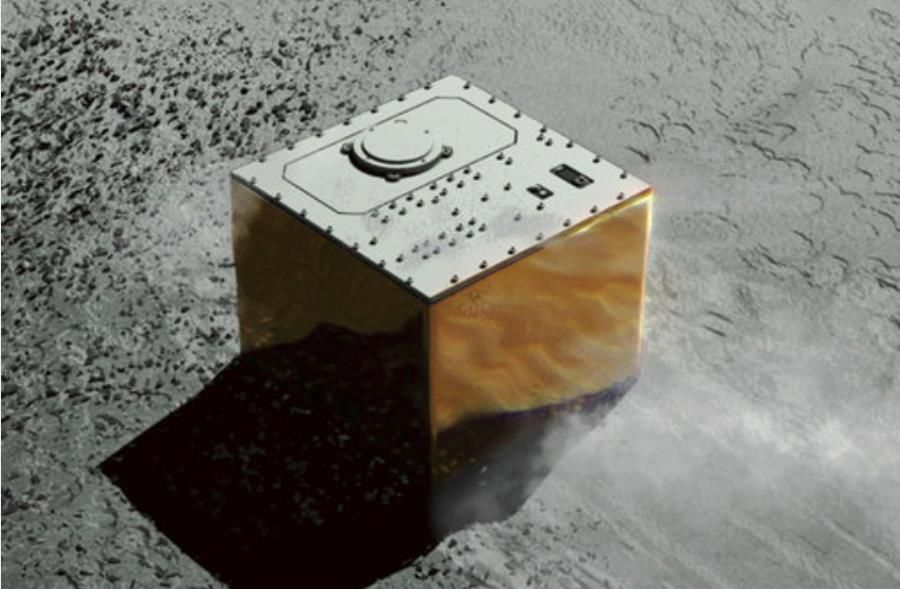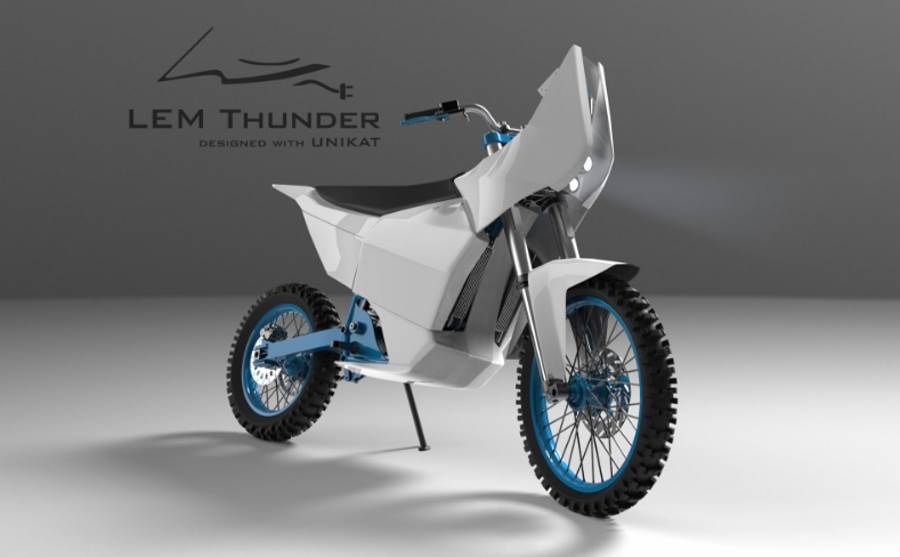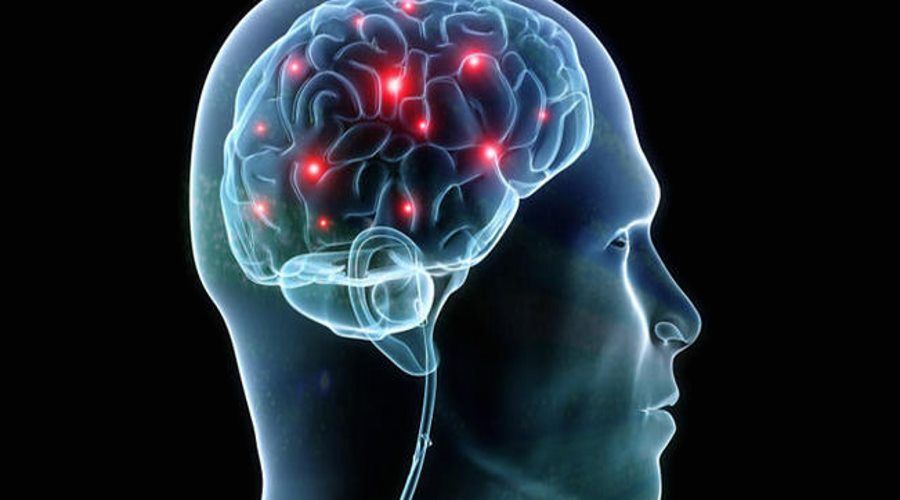Another probe has landed on asteroid Ryugu
Another sampler has landed on the asteroid Ryugu
Japan’s Hayabusa 2 probe released the MASCOT lander, which settled without problems on the Ryugu asteroid about 300 million kilometers from Earth. This is the third sampler lowered onto a space rock in recent days.
MASCOT (Mobile Asteroid Surface Scout) is the work of French and German constructors of theow. It weighs 10 kilogramsow and is shaped like a cube with dimensions of 30x30x20 centimetersow. Hayabusa 2 launched the machine being about 50 metersoin above the asteroid. 20 minutes poLater MASCOT landed safely and sent a message to Earth: „I found myself in a place that does not exist on Earth. In a land full of wondersow, secrets and dangers. I landed on asteroid Ryugu”.
In recent days, two small jump rovers delivered to the space rock along with the MASCOT lander by the Hayabusa 2 probe appeared on the Ryugu asteroid after a 3.5-year subory. The rovers, thanks to weak gravity, move by leaps and boundsow. Each such jump can be several meters longow. The two MINERVA-II jumpers are equipped with high-resolution cameras thatore take amazing pictures, but have minimal scientific equipment.
MASCOT is a majorow a research instrument of the Japanese Space Agency JAXA mission and will collect a range of data from the surface of the asteroid. In addition to the cameras, whichore able to take pictures in rotion of different wavelengths, has tools to measure theoin temperature or magnetic fields. It also has an infrared spectral microscope to study mineral composition and look for any evidence ofoThe asteroids once contained water or organic molecules at different wavelengths.
Unfortunately, MASCOT does not have any solar panels. Its batteries will only allow it to operate for 16 hours. It will conduct research on the ground, but can perform roAlso, a jump similar to probnikoin MINERVA-II. However, the designers envisioned only one possibility for MASCOT’s device to jump. When the batteries run out, the data collection phase will be completed.
Below is the first photograph taken by the MASCOT lander as it descends to the surface of a space rock.
Hello #Earth, hello @haya2kun! I promised to send you some pictures of #Ryugu so here’s a shot I took during my descent. Can you spot my shadow? #AsteroidLanding pic.twitter.com/dmcilFl5ms
— MASCOT Lander (@MASCOT2018) October 3, 2018
At the end of the month, JAXA specialists have planned the next part of the mission – taking the probek. This will be handled by the Hayabusa 2 probe. The plan is to launch a missile toward the asteroid, whichorego the momentum of the impact will punch a crater in the surface and eject matter from under the object’s surface into space. This one, in turn, will be collected by a probe, ktora for this purpose is equipped with a special arm. With this treatment, scientists will acquire probki matter from the asteroid, whichore were not exposed to cosmic radiation. Researchers count on about 10 gramsoin the matter.
Probki will be transported to Earth. Hayabusa 2 podroThat it will launch back at the end of 2019. Year poIt is expected to reach Earth later.
The probe was launched in 2014 from the Tanegashima spaceport. It reached its destination at the end of June this year. The Hayabusa 2 probe (Hayabusa in Japanese means falcon) is an almost identical copy of the Hayabusa probe, whichora in 2005 download probki from the planetoid Itokawa. Probki hit Earth five years poź later. Hayabusa was the first mission in which theorej managed to bring back probki from an asteroid to our planet.
Ryugu has 900 metersoin width and is considered a particularolnie an old type of asteroid, known as a C-class asteroid. Scientists believe Ryugu formed at the same time as the solar system, more than 4 billion years ago.
Chemical and isotopic analyses of the rocks, performed in space by Hayabusa 2 and then in ground laboratories – can helpoc to explain the origin of the Earth, especially the water found on our planet. Many scientistsow believes that Earth’s oceans were formed by bombardment of its surface by water-rich asteroids or comets.
Asteroid research is for scientistsoin very important. The material, from whichore they were formed 4.5 billion years ago has not actually changed at all. The same cannot be said for the building blocks of the planets or the moonoin, where tectonic movements, erosion and other factors have caused it to constantly change.


